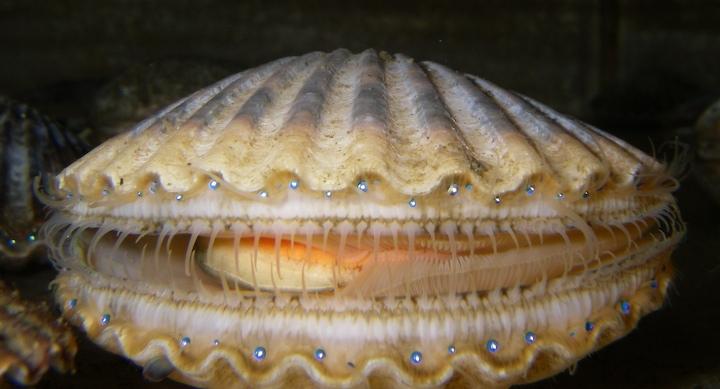- Read offline
- Access all content
- Use the in-app Map to find sites, and add custom locations (your hotel...)
- Build a list of your own favourites
- Search the contents with full-text search functionality
- ... and more!
coquilles Saint Jacques
scallops

The scallop part that you eat is the noix de saint jacques, while the shell is the coquille. Often they are just called saint-jacques on menus. October to mid May is fresh scallop season.
Scallops are expensive, but very popular in France. They can be served in a bed of melted leeks (fondue aux poireaux), or most popular, baked au gratin in their shells with cream and nutmeg (which you can buy frozen ready to pop in the oven). Saint Jacques à la Bretonne are pan-fried in cream.
Images by DC, Rachael Norris and Marina Freudzon / Mayscallop, Wallpaper Flare

